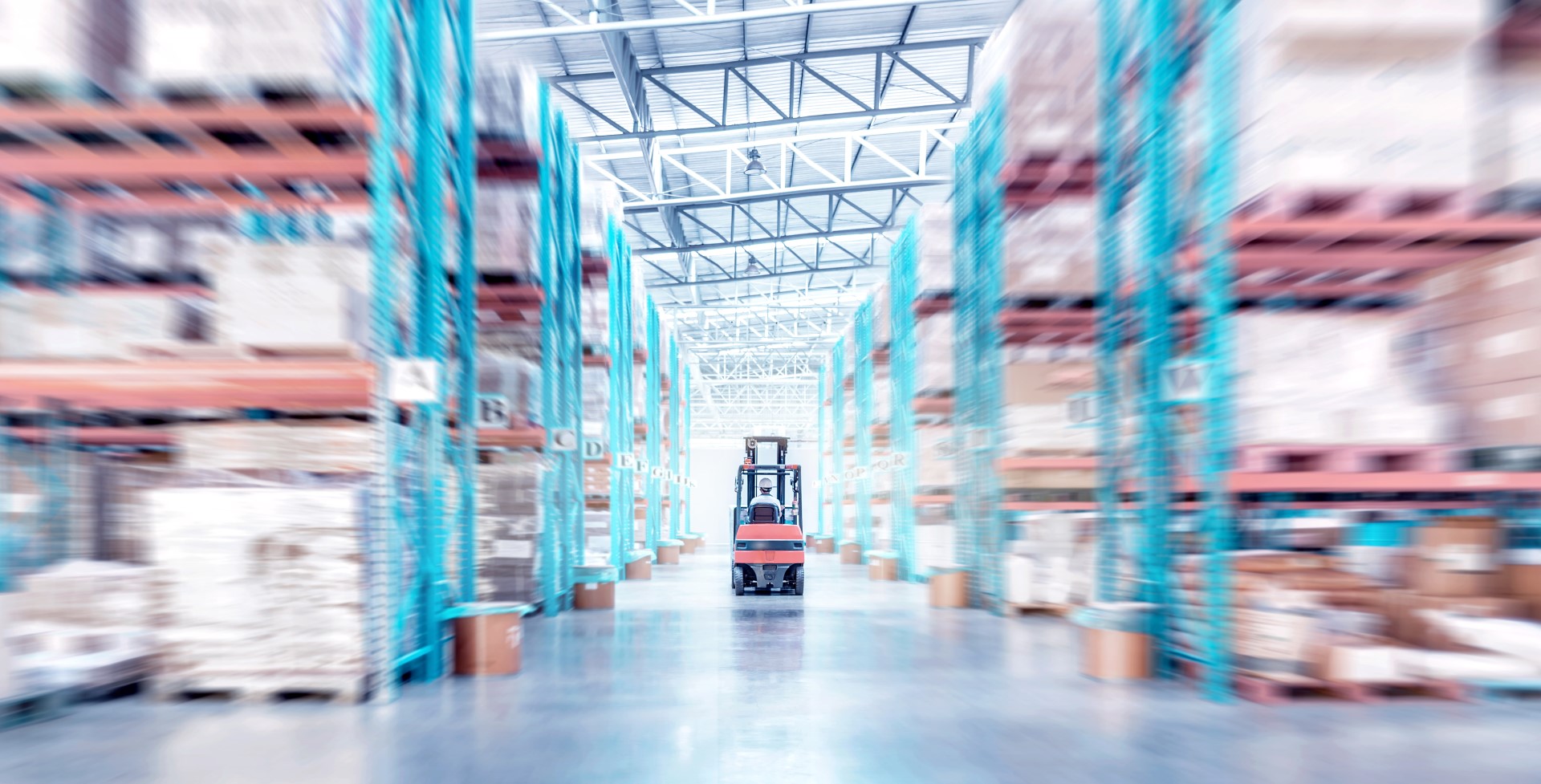Over the past few years there has been significant changes within the warehouse environment as a result of the growing e-commerce market. A perfect storm of Brexit and COVID-19 has catapulted an already fast-moving shift in consumer on-line buying habits, to another level altogether. Coupled with stock holding and supply chain challenges, this has led warehouses to hold potentially more products than previous and increased the need to pick, pack and dispatch in far shorter timeframes than were previously deemed acceptable.
To manage the safe running of a warehouse environment, careful consideration has to be paid to staff safety for both manual pickers and forklift drivers. With such a need for streamlined operations from goods-in to dispatch, business owners are seeking out ways to enhance their facility and keep their workers safe.
The changing warehouse is shaping forklift truck usage and increasing the need to integrate existing safety equipment as well as adapt and innovate with new technologies. Whatever the layout of a warehouse, or loading bays outside for goods-in and dispatch, all areas can benefit from a safer environment.
One of the most critical areas of forklift utilisation for warehouse managers is addressing dynamic speed, particularly in a compact warehouse. There are a variety of different technologies that can be deployed here for different situations e.g. driver aids for high bay, Lidar detection for narrow aisles etc. but the trick is to understand the situation and adapt technology to suit the requirement.
Recently we worked with one of our customers who had high level order pickers working in narrow aisles on free moving trucks shifting left or right within the aisles to allow pickers to select items as high up as 6m. The customer needed a solution that would automatically reduce the forklift drive speed and alert drivers of other trucks and pedestrians that a particular truck was about to leave the aisle and join the main warehouse floor. Usually for this kind situation a forklift would need either a rail or wire guidance system along with RFID tags or magnets set in the floor to create the zones. This approach was not an option for this particular application as the trucks were free-roaming so another solution was needed.
An Ultra-wideband zoning system with fixed and mobile sensors offered the most appropriate solution with zones at the aisle ends. When entering the zones the system raises the alert on the truck and slows it down, either entering or exiting the aisle and at either end.
This innovative variation of an existing technology showcases the need to be adaptive within a warehouse environment to ensure the continued safety of both forklift drivers and pedestrians sharing the same space needed for efficient operations.


